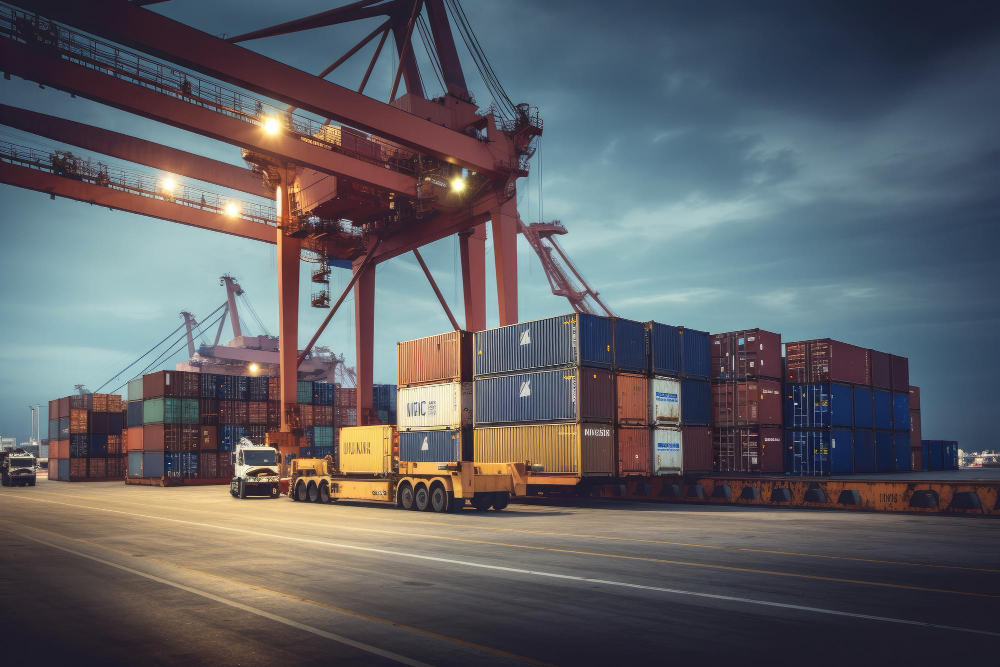Hey, container enthusiasts! Ever gazed at a stack of shipping containers and wondered, “How high can they go?” Wonder no more, because we’re about to explore the fascinating world of container stacking. Get ready to uncover the secrets behind container heights – it’s a sky-high adventure!
Unveiling Container Stacking Heights
Let’s start with a bit of container history. Those massive metal structures you see stacked at ports weren’t randomly tossed together. Container stacking is both a science and an art, with safety as the top priority.
Now, you’re probably itching to know just how high we can stack these containers. Well, the answer is as dynamic as the containers themselves – there’s no one-size-fits-all answer. The height at which containers can be stacked depends on a few key factors:
1. Weight and Size: The size and weight of the containers are significant determinants. Generally, standard 20-foot and 40-foot containers can be stacked about 8 to 9 high without any trouble. However, if you’re dealing with larger containers or specialized equipment, the stack might not reach the same heights.
2. Structural Strength: Those steel walls are pretty tough, but they do have limits. Containers are engineered to bear the weight of those stacked above them, so exceeding that capacity could lead to some precarious leaning.
3. Stacking Equipment: The equipment used for stacking also plays a role. Cranes and straddle carriers have their own lifting capacities, which dictate the height they can lift those massive containers.
4. Environmental Elements: Wind, weather conditions, and the stability of the ground are wild cards in the stacking game. Strong winds or shaky ground could spell disaster if the containers are stacked too high.
Safety First: No Towers of Cards Here!
Container stacking isn’t a game of chance. Rigorous safety regulations ensure that towering stacks remain stable and secure. That’s why containers often have interlocking corners – they’re designed to fit snugly when stacked, preventing any wobbly mishaps.
Containers are usually stacked in tiers, with each tier having its own limitations. While the specifics vary, a common practice is to stick to around 5 tiers high for standard containers. Imagine a stack of 40-foot containers reaching up to 50 feet – taller than many two-story buildings!
The Sky Isn’t the Limit
Containers are undoubtedly robust, but there’s a practical threshold to how high they can go. Stacking containers beyond 9 tiers high is rare due to safety concerns. It’s a bit like building a human pyramid – sure, you could add more people, but the risk increases with each tier.
Keep in mind, container stacking isn’t about aiming for the tallest tower. Safety, stability, and efficient handling are the ultimate goals.
Stacking Up the Fun Facts
Now you’ve got a secret stash of container stacking knowledge! The height at which containers are stacked is a fine balance between container strength, weight, and the machinery in play. It’s a symphony of engineering and logistics, ensuring that those towering stacks remain a testament to efficient shipping.
So, next time you spot a stack of containers, you’ll see more than just a pile – you’ll see the result of careful calculation and safety precautions. Armed with this knowledge, you’re ready to impress your friends with some container stacking trivia. Go ahead, share the fascinating tale of how containers reach for the sky while staying firmly grounded in safety!





